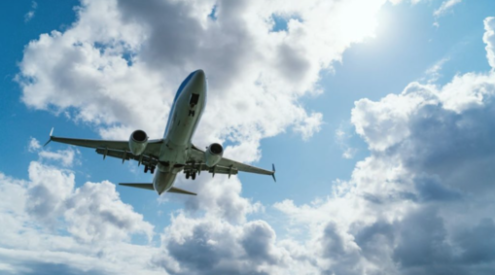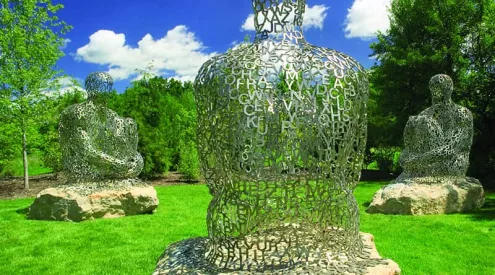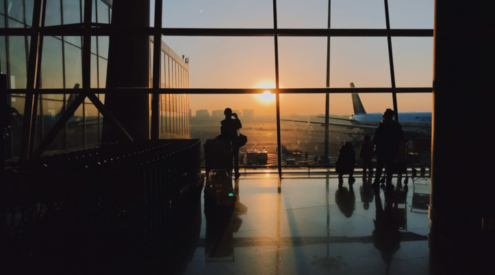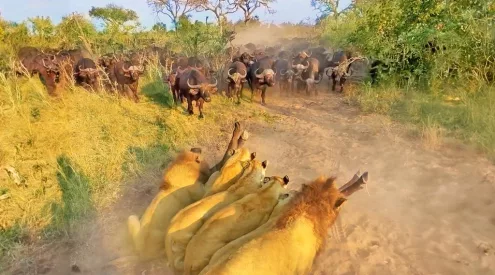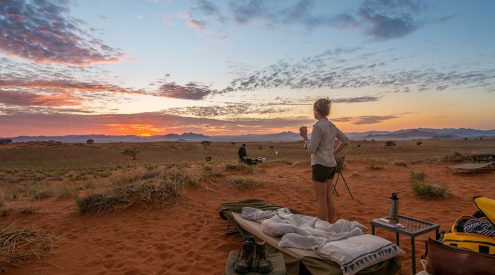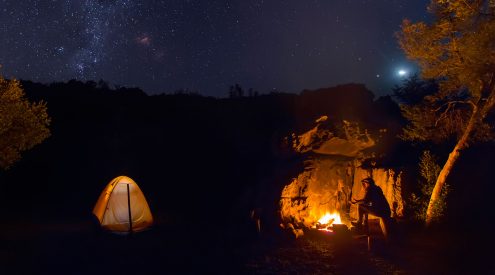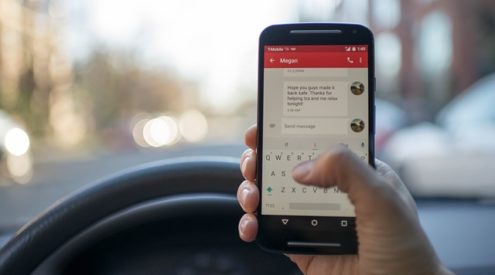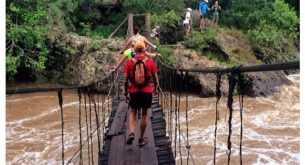“For as long as people have been able to travel, they have been drawn (…) towards sites, attractions or events that are linked in one way or another with death, suffering, violence or disaster”
As disturbing as it may sound, chances are pretty high that you have been guilty of this so-called dark tourism yourself.
Think about it.
Have you ever been to Auschwitz or one of the other concentration camps? Did you visit the Ground Zero Memorial last time you visited New York City? Have you ever been inside the secret annexe where Anne Frank and her family hid during the Second World War? Or – closer to home – driven into Soweto or another township to see how poverty-stricken South Africans live?
Maybe you have considered Hiroshima or Pearl Harbor as your next travel destination? Or thought about visiting disaster-struck areas such as Phuket (hit by the 2004 tsunami) and Port-au-Prince (ruined through the 2010 earthquake)?
All of the above fall under the category of dark tourism. Even a visit to the Colosseum in Rome is not innocent as many slaves and gladiators met their bloody end there while fighting off other gladiators or wild animals.
According to the spokesperson of Sunville Discovery, a British travel agency that organises tours to former war zones, the contemporary tourist wants “something different”.
And as always when there’s a gap in the market, travel agents have caught on to tourists’ interest in macabre sights and events.
How Lady Di Died
A year after the death of Lady Diana, a Parisian hotel featured in newspaper headlines as it offered a ‘Diana Tour’, retracing the route the Princess of Wales took. The tour takes those interested from the Ritz Hotel to the Pont de l’Alma tunnel, where the tragic accident took her life. For an extra charge, you can request to be driven in a Mercedes, the same car Lady Diana had her accident in.
The initiative was condemned to be “unfortunate and opportunistic”, and widely seen as tasteless as they started only a year after the fatal accident. Yet it was defended by the organisers, who justified their enterprise declaring they were “only satisfying demand”. According to the hotel owner, tourists ask just as often for directions to the Princess’ fatal crash site as they ask how to get to the Eiffel Tower. The demand for the Diana Tour was clearly there. But is it ethical?
Suffering Sells
Suffering is the new sex –it sells. Before the terrorist attacks on the World Trade Centre, about 1.8 million people went up to the observation deck annually. A year after the disaster, this number had doubled as 3.6 million tourists came to see the ruins.
Late last year, the Virunga National Park in Congo invited tourists on treks to the largest and most active volcano in Africa, the Nyamulagira volcano, after its eruption. They charged $300 (R2 400) a person for the overnight expedition, porters an optional extra.
But dark tourism is a broad concept. It is often used in the same breath as battlefield tourism, cemetery tourism, disaster tourism, ghost tourism, prison tourism and thanatourism. And then there is also poverty tourism, suicide tourism and doomsday tourism.
So – what kind of tourist are you?
The quote at the top of the blog comes from: Aspects of Tourism – The Darker Side of Travel (The Theory and Practice of Dark Tourism; edited by Richard Sharpley and Philip R. Stone.
Photo by anacarina – Flickr





